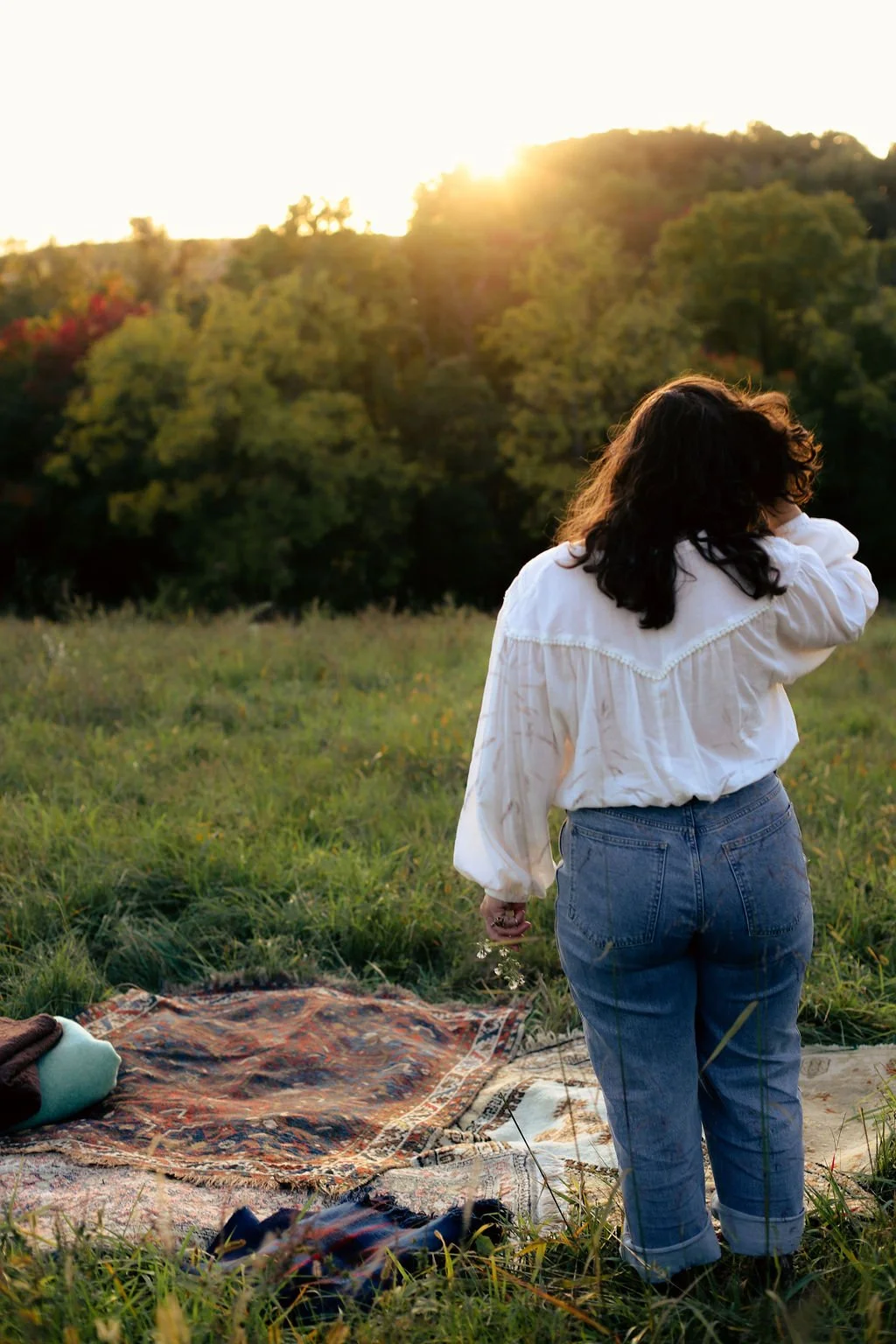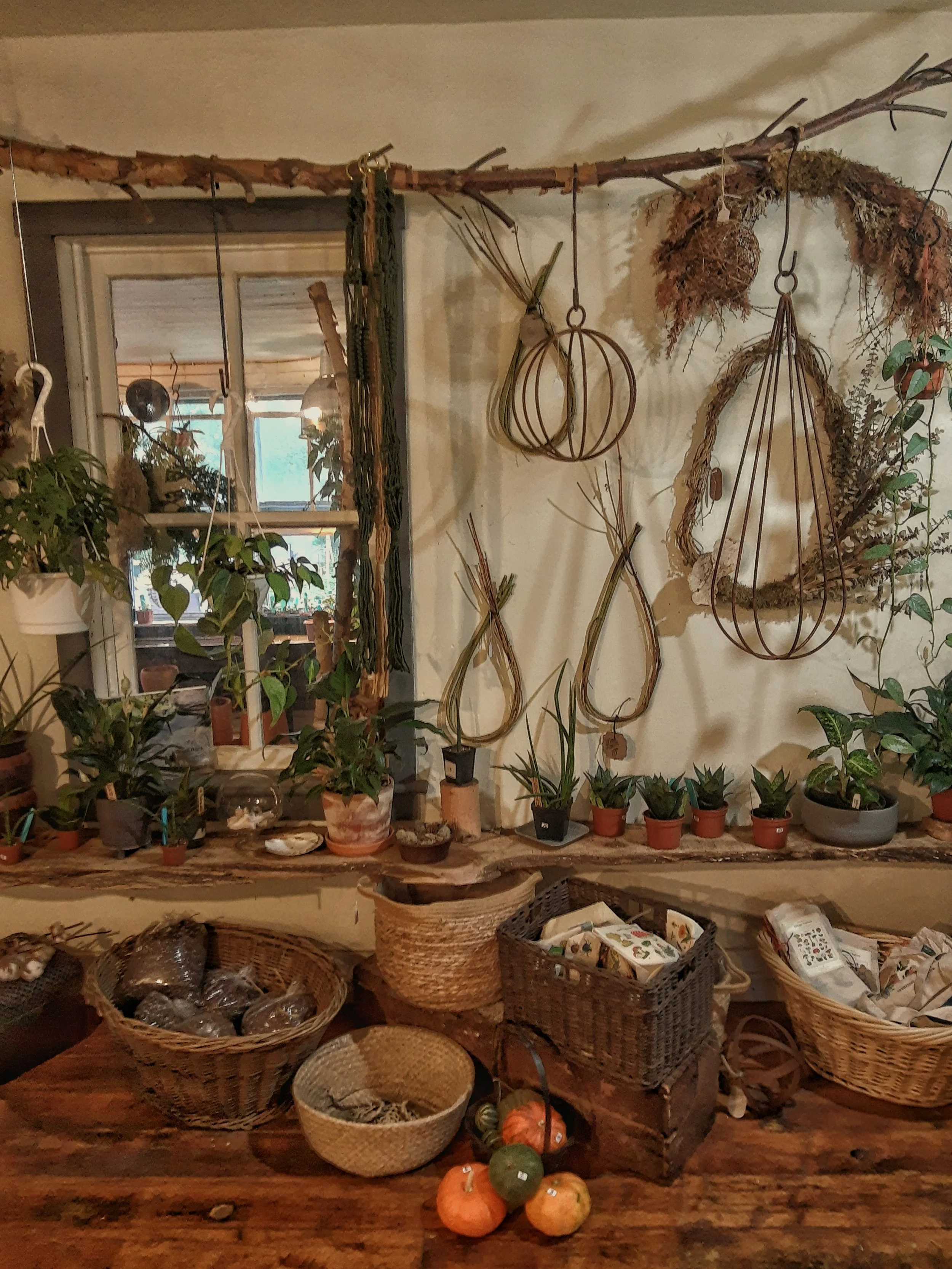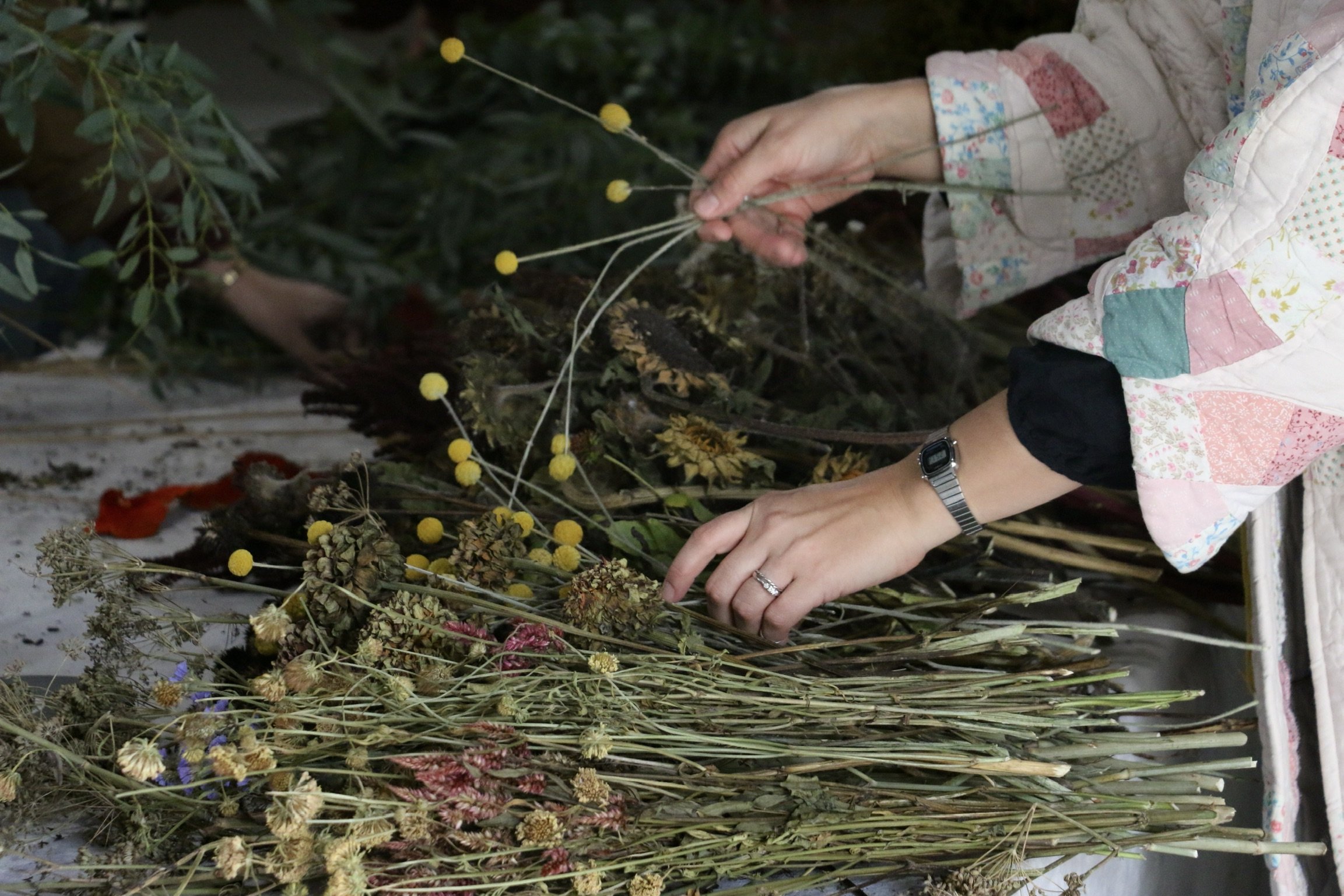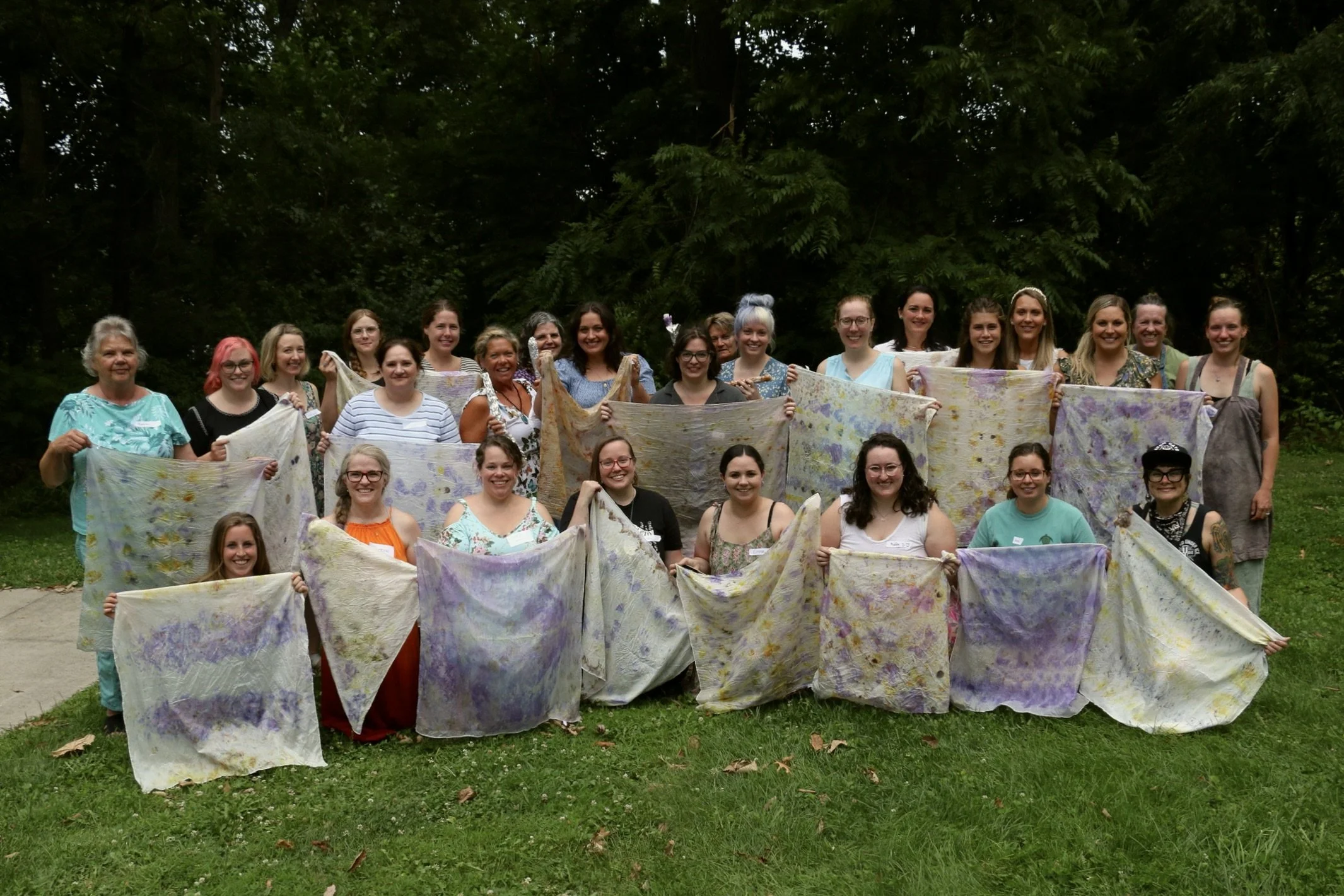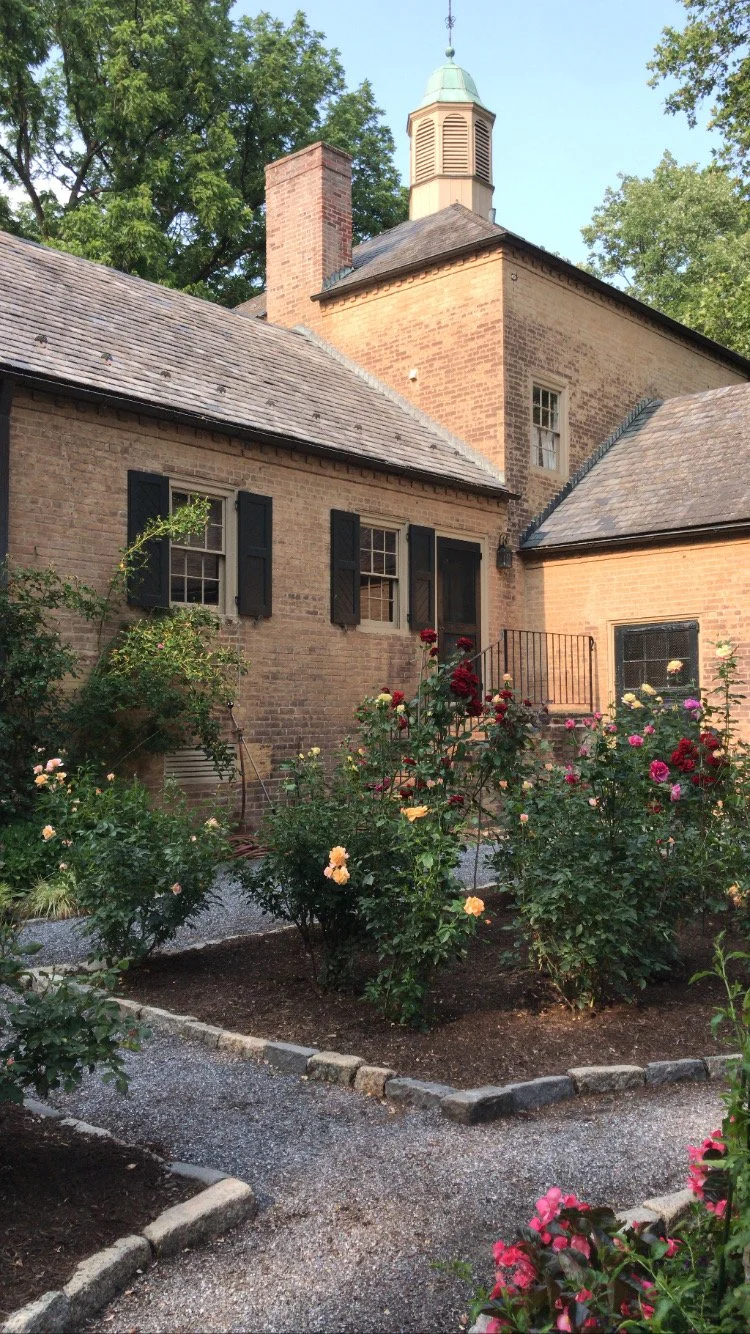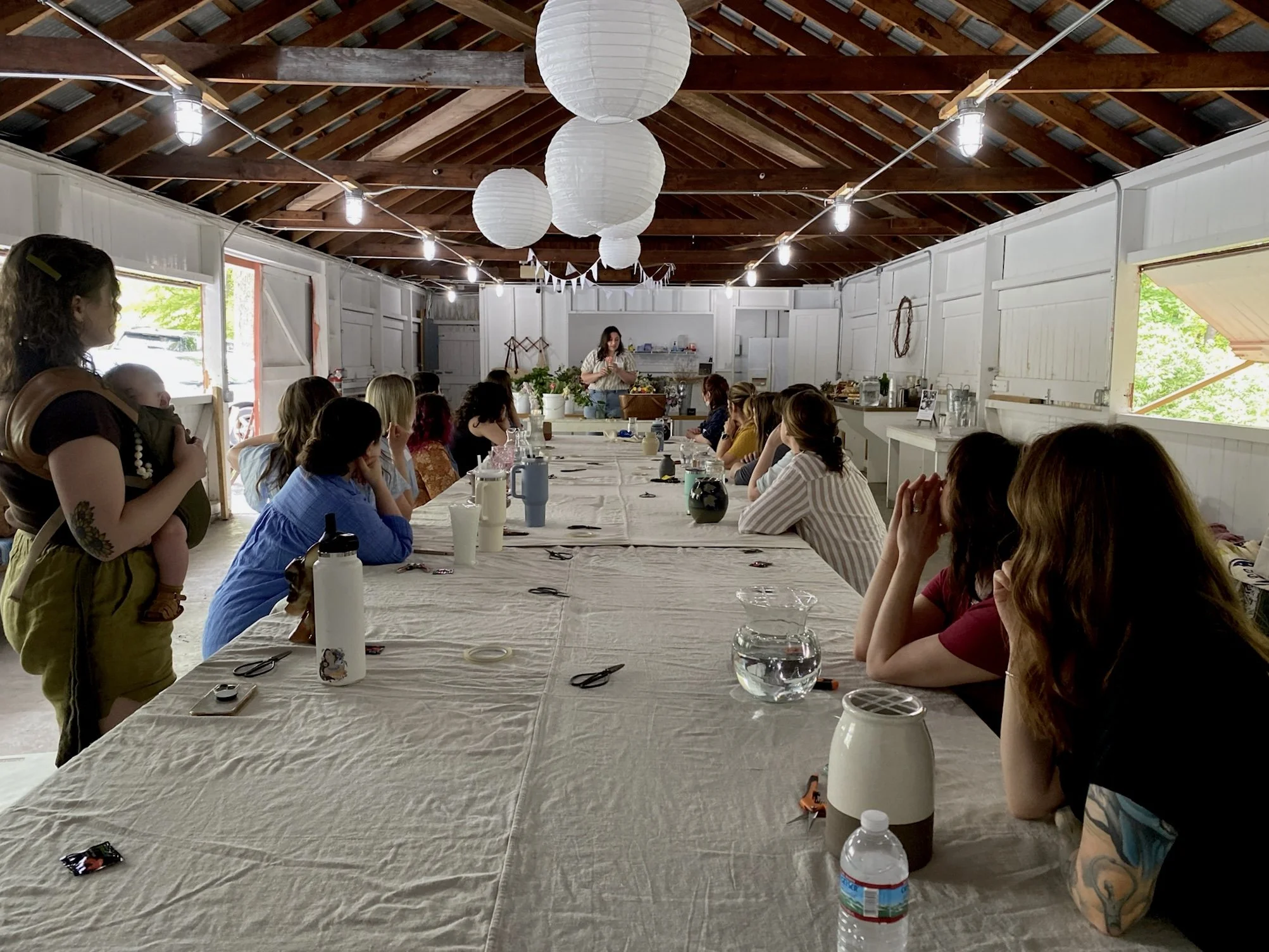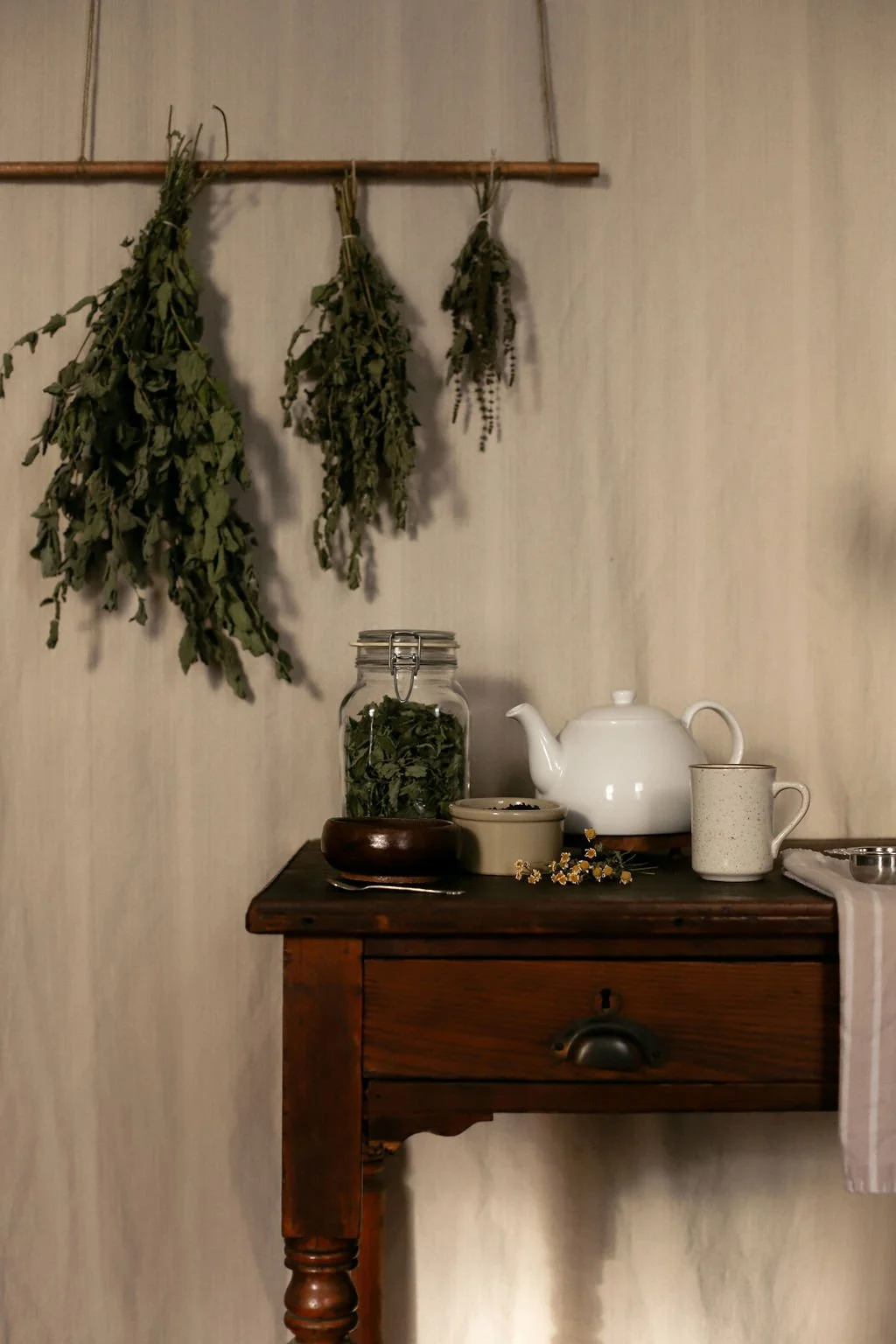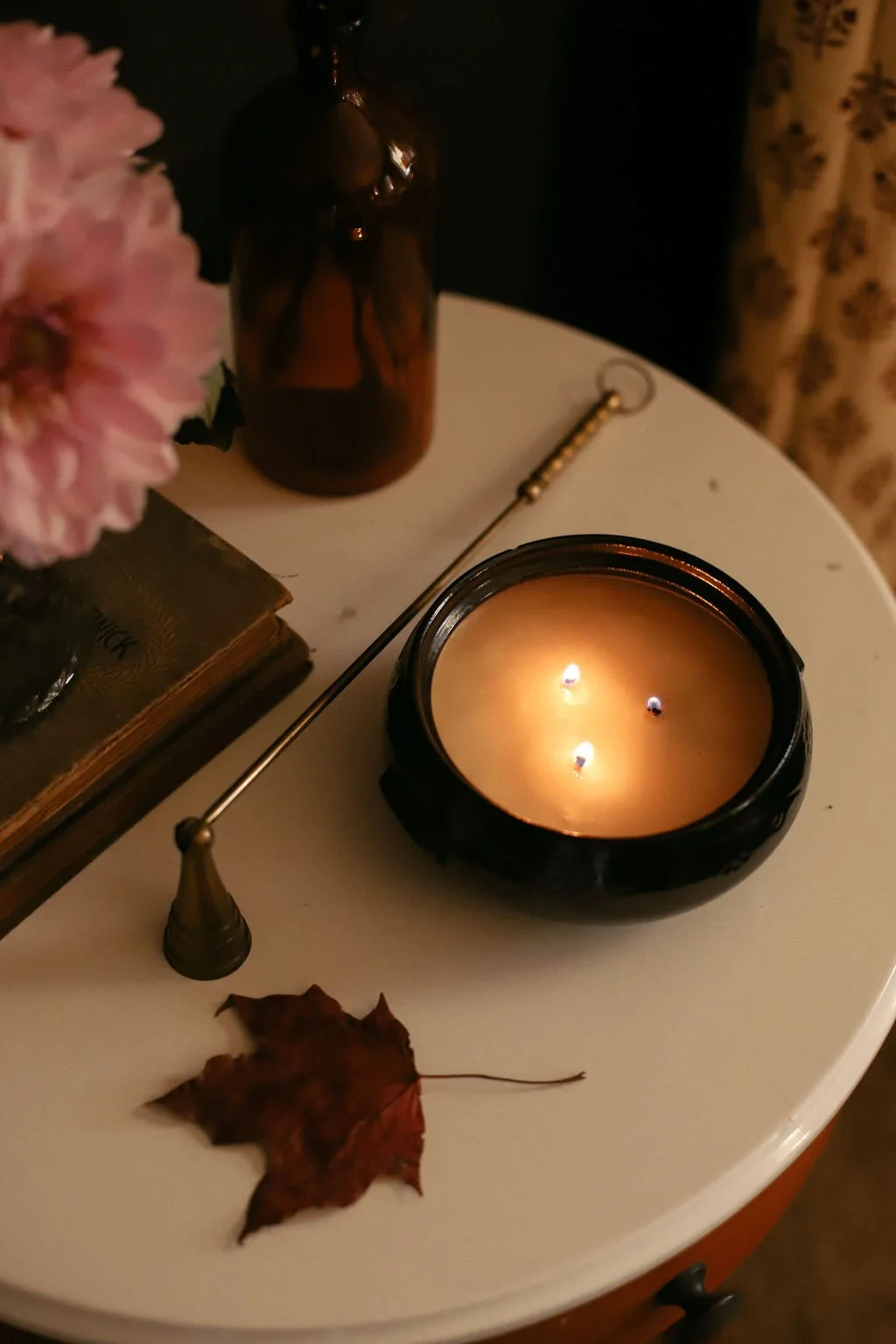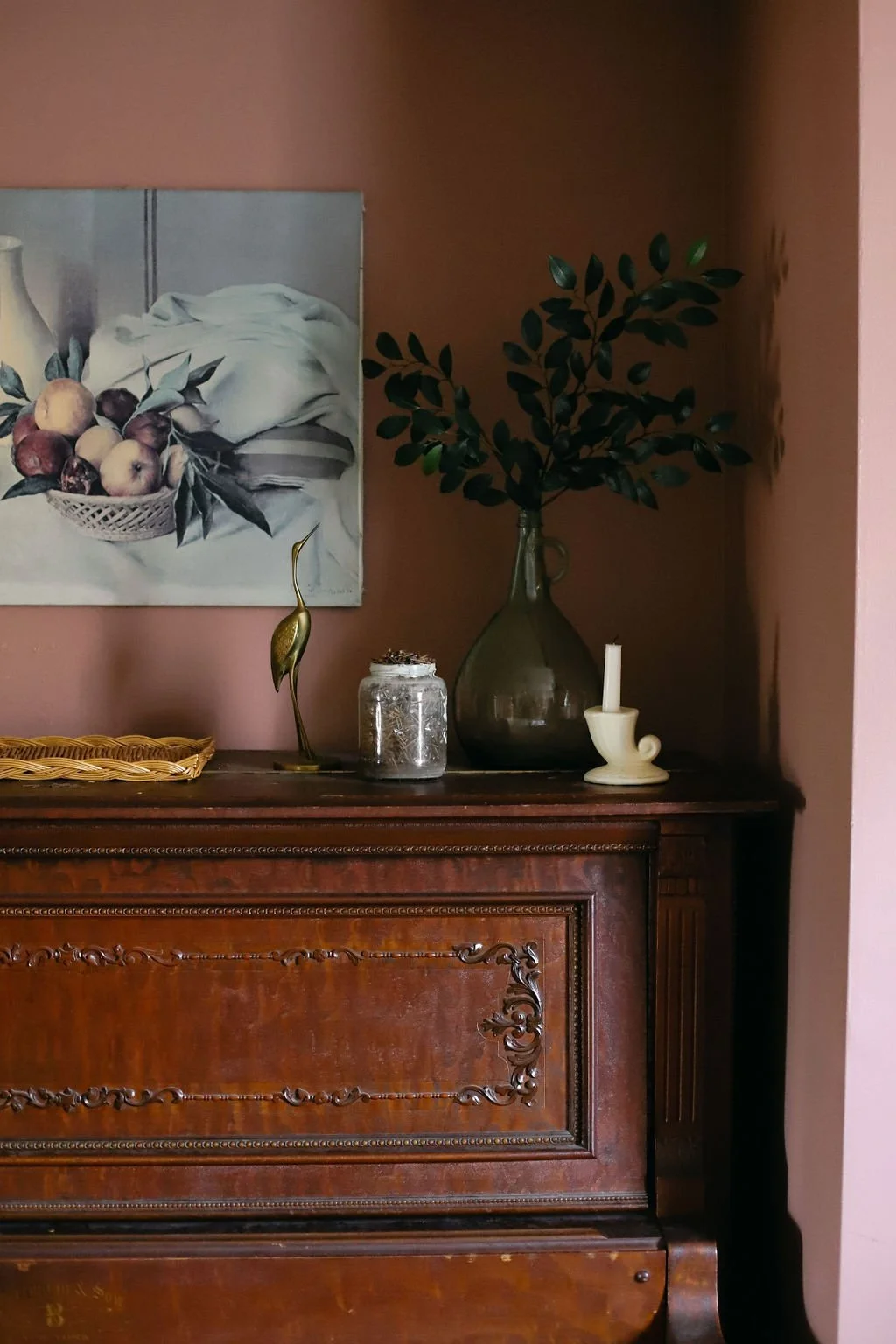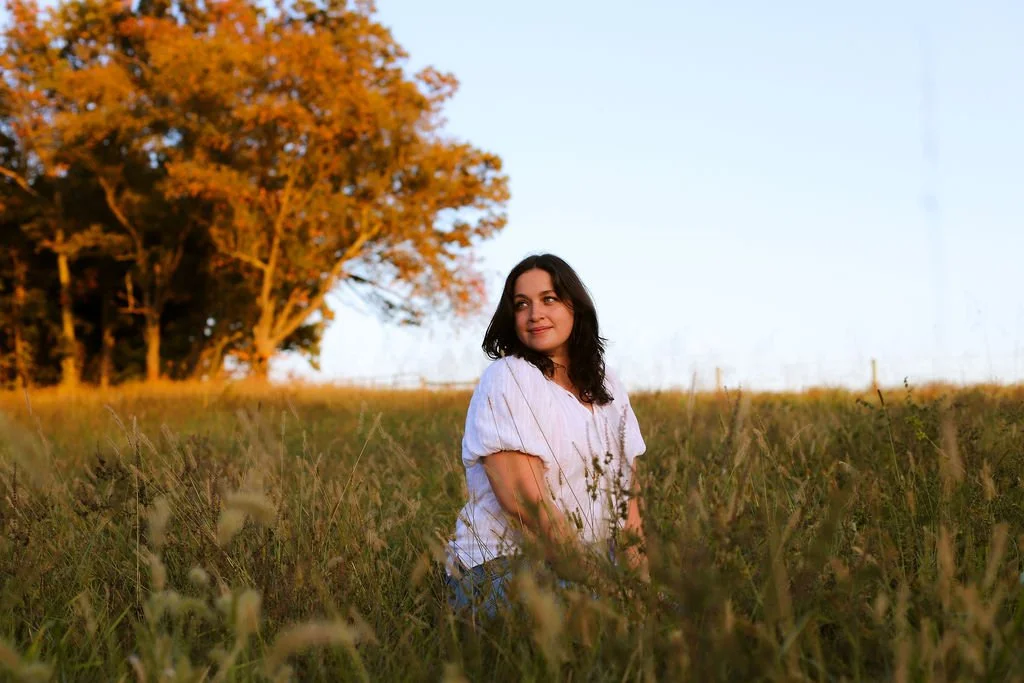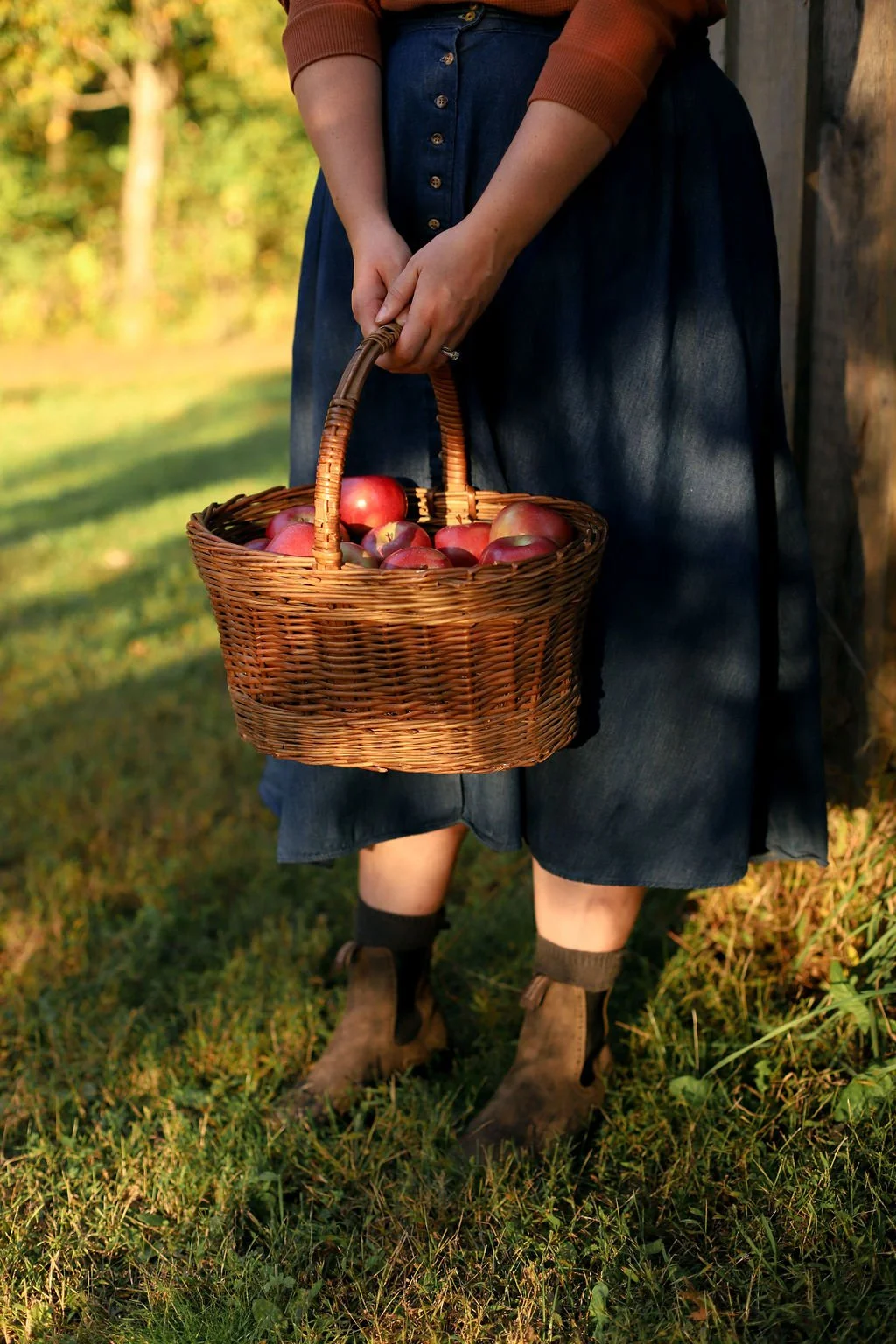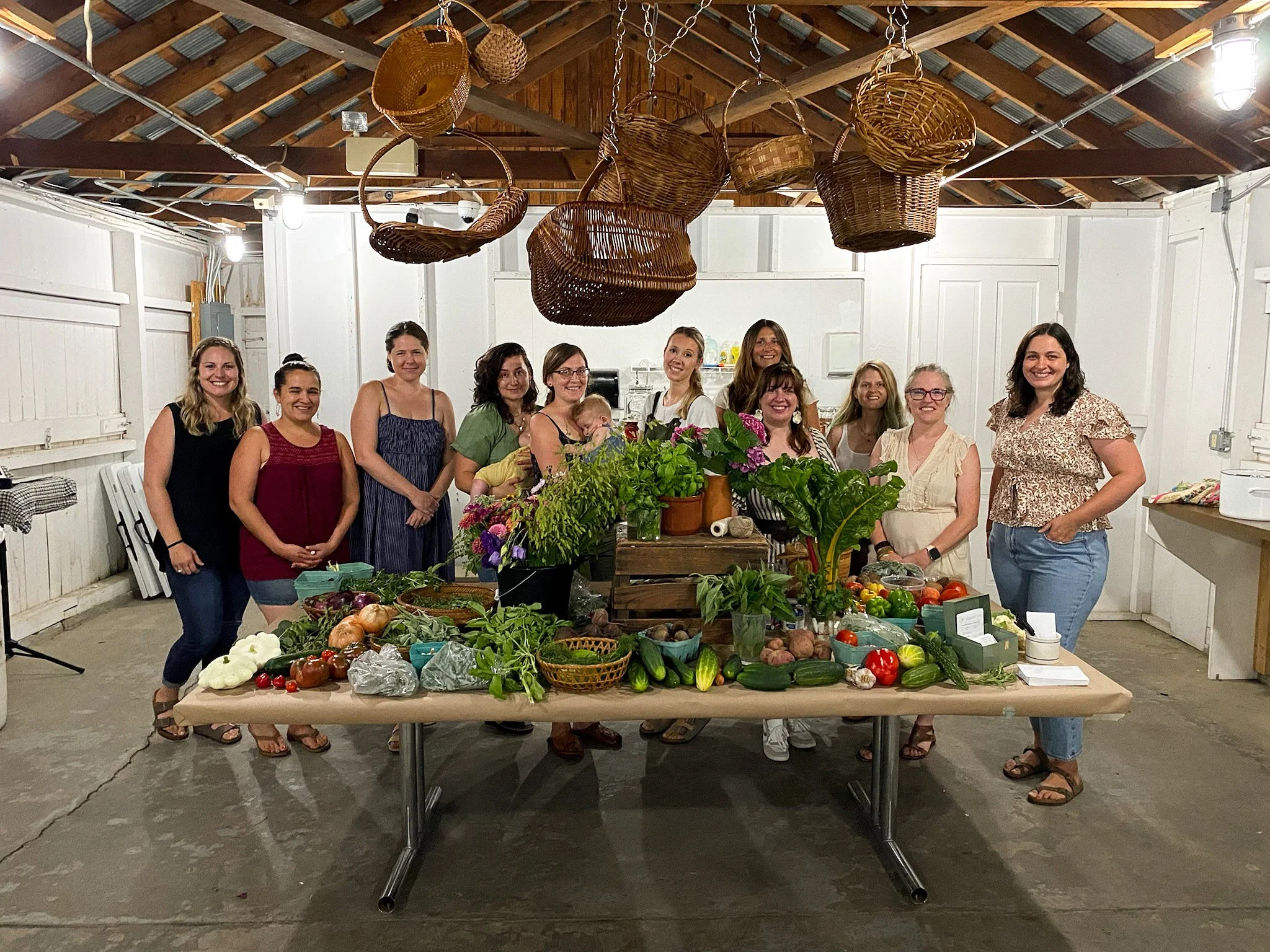My Simple Formula for Floral Arranging
The following is an excerpt from my book, Modern Faux Flower Projects releasing September 8th, 2020. Pre-order your copy now and while you’re at it, pick up a signed bookplate for just $5! Click here to shop.
In studying floral design for this book, I found that many florists use a type of formula when creating their arrangements. There are many versions with varying terminology out there, but the essence of this formula is always the same.
Frame, Foundation, Focal, Filler
Frame: The frame is the hidden structure of the arrangement. In floral design, this is referred to as your mechanics. Depending on the vessel and the type of arrangement you are creating, there are many different techniques and methods to choose from. Starting on page 76, I’ve shared how to use a floral tape grid, chicken wire form, floral foam, and a floral pin frog step-by-step.
Foundation: The foundation of an arrangement is your greenery and foliage. Placing leaves and branches at the base of your arrangement does two things. It helps to cover the mouth of your vessel and hide your mechanics, and it adds a natural feel to your arrangement, since flowers are usually surrounded by leaves in nature. Choose greenery that is complementary in color and shape to the flowers and other botanical elements in your arrangement.
Your choice of greenery helps to shape the overall arrangement both in style and in shape. Where you place your first few stems of greenery will help determine the height and balance of your arrangement. There are a couple questions you want to consider while you are placing you greenery. Do you want your arrangement to be low and wide or tall and fountain-like? Generally round and symmetrical or more irregularly shaped and asymmetrical? Where you place your greenery creates the foundation for the rest of your arrangement and will inform where you’ll place your focal point.
Tip: The tallest point of your arrangement should be somewhere between 1-2x the height of your vessel.
Focal: Your focal flowers are usually your largest flowers, with blooms measuring at least 3”-6” in diameter. These flowers are meant to catch your attention and create a focal point, or points, in your arrangement. The placement of your focal flowers will guide the rest of the arrangement. Think about putting your focal point slightly off center or using multiple focal points to create movement in your design. To mimic the way flowers grow in nature, place your focal flowers in groupings of two or three. As a general rule, using odd numbers of focal flowers (like three, five, seven, etc.) are the most pleasing to the eye.
Filler: Filler flowers do just that - fill in the empty spots and add fullness to your overall arrangement. Filler flowers can be branched stems or sprays with multiple blooms that measure about .25”-.5” in diameter or they can be groupings of medium sized flowers that are about 1.5”-3” in diameter. Medium sized blooms act as supporting flowers to the focal flower, whereas smaller sprays and berries act as a more textural element.
A lot of this classification also has to do with the overall size of your arrangement. Some medium sized flowers can be focal flowers in a smaller arrangement and filler flowers in a larger arrangement. Just make sure to choose filler flowers that are smaller than the focal flower, but other than that there is a lot of room to be creative with your filler choices. Think about using more unexpected elements like fruit, branches, grasses and even fabric butterflies or insects in your project. In my fall centerpiece on page 132, I used both plums and skimmia berries as filler. In a spring or summer arrangement you could use lemon or orange branches and in a fall or winter arrangement you could use apples, artichokes or cabbage for a unique addition to your project.
Tip: Bend and shape stems for a more natural look, allowing some leaves and flowers to dip below the line of the vase so it looks like they are spilling out. This makes your arrangement look less stiff and more organic.
Images by Savannah Smith Photography for Modern Faux Flower Projects by Stevie Storck
Frame 2. Foundation 3. Focal 4. Filler









